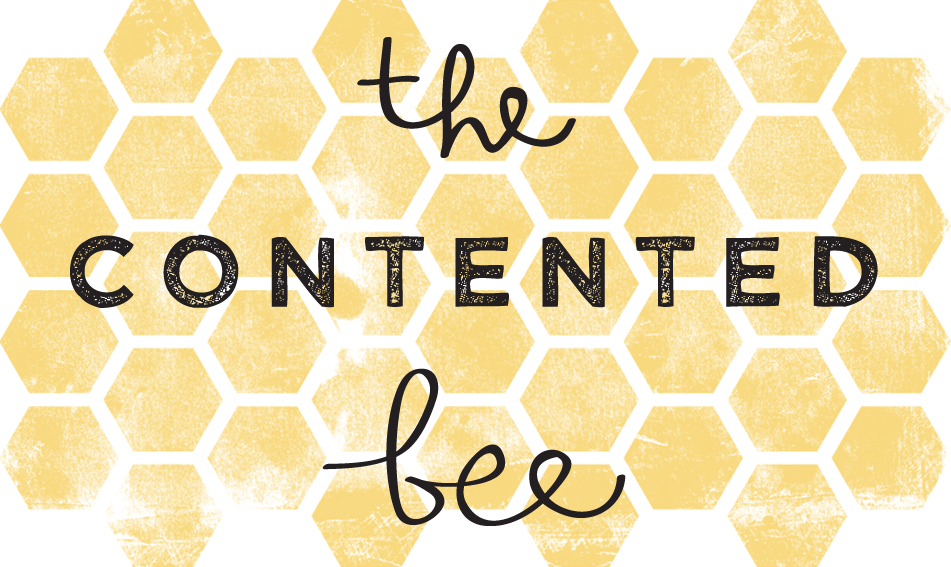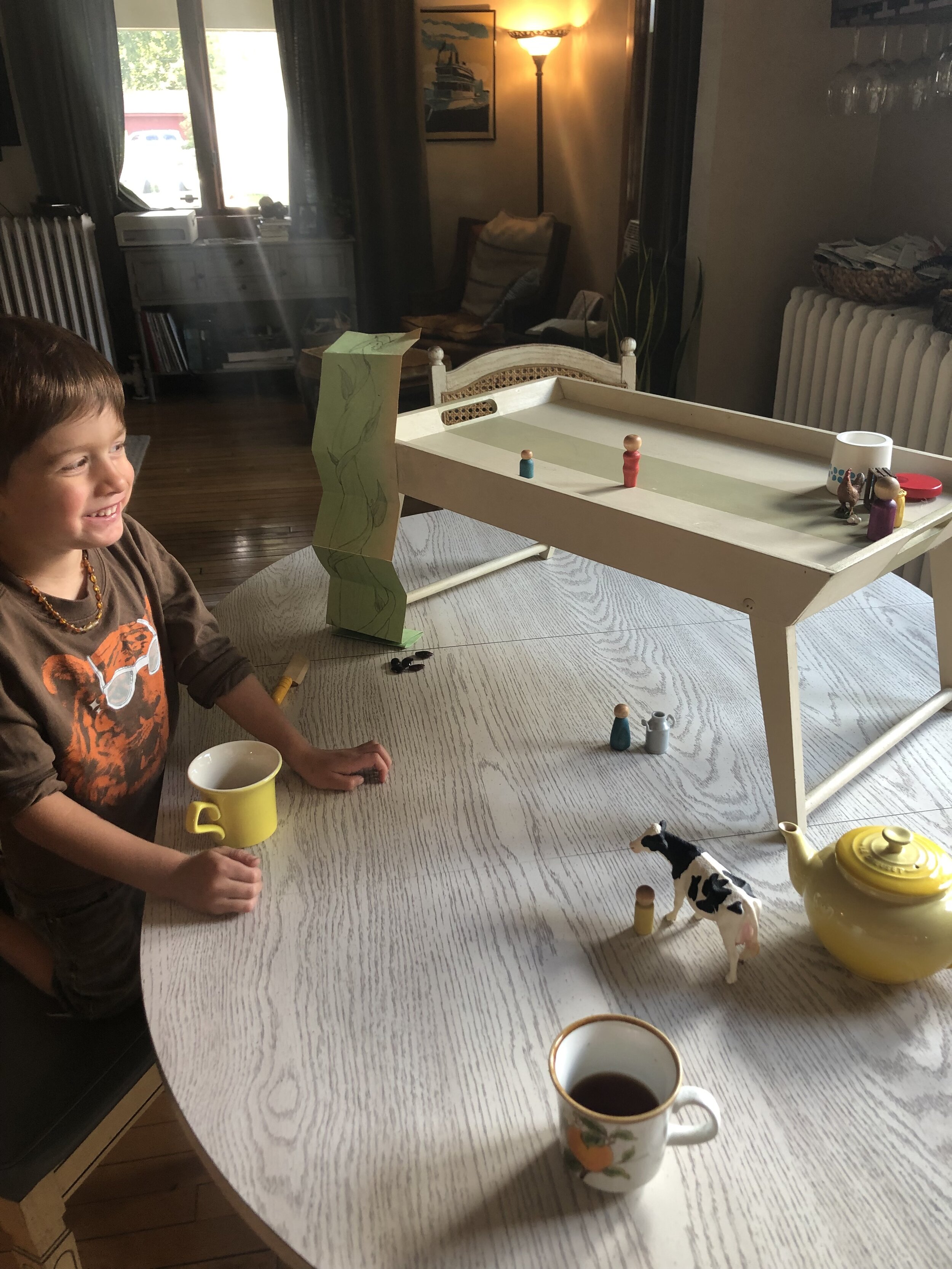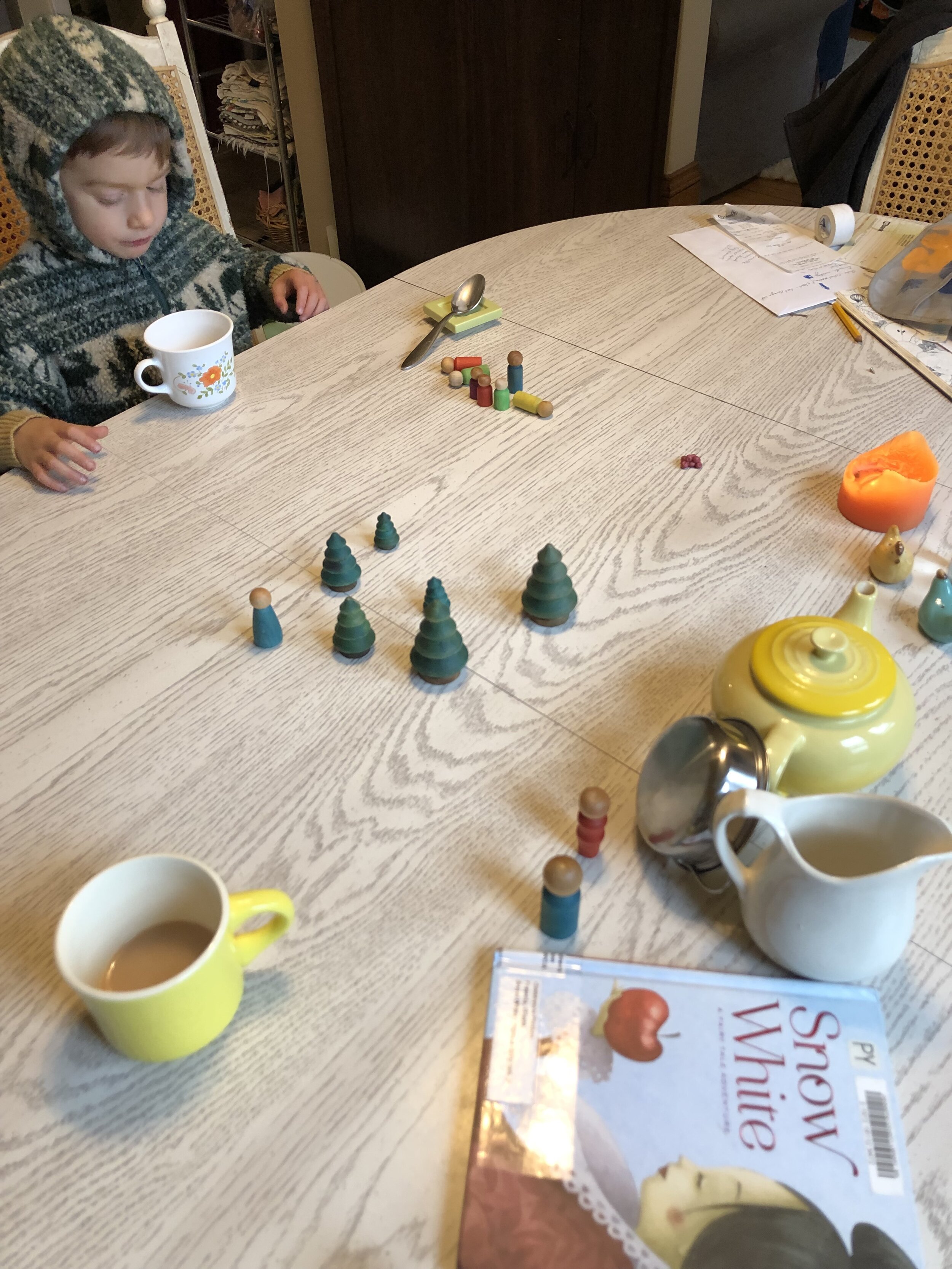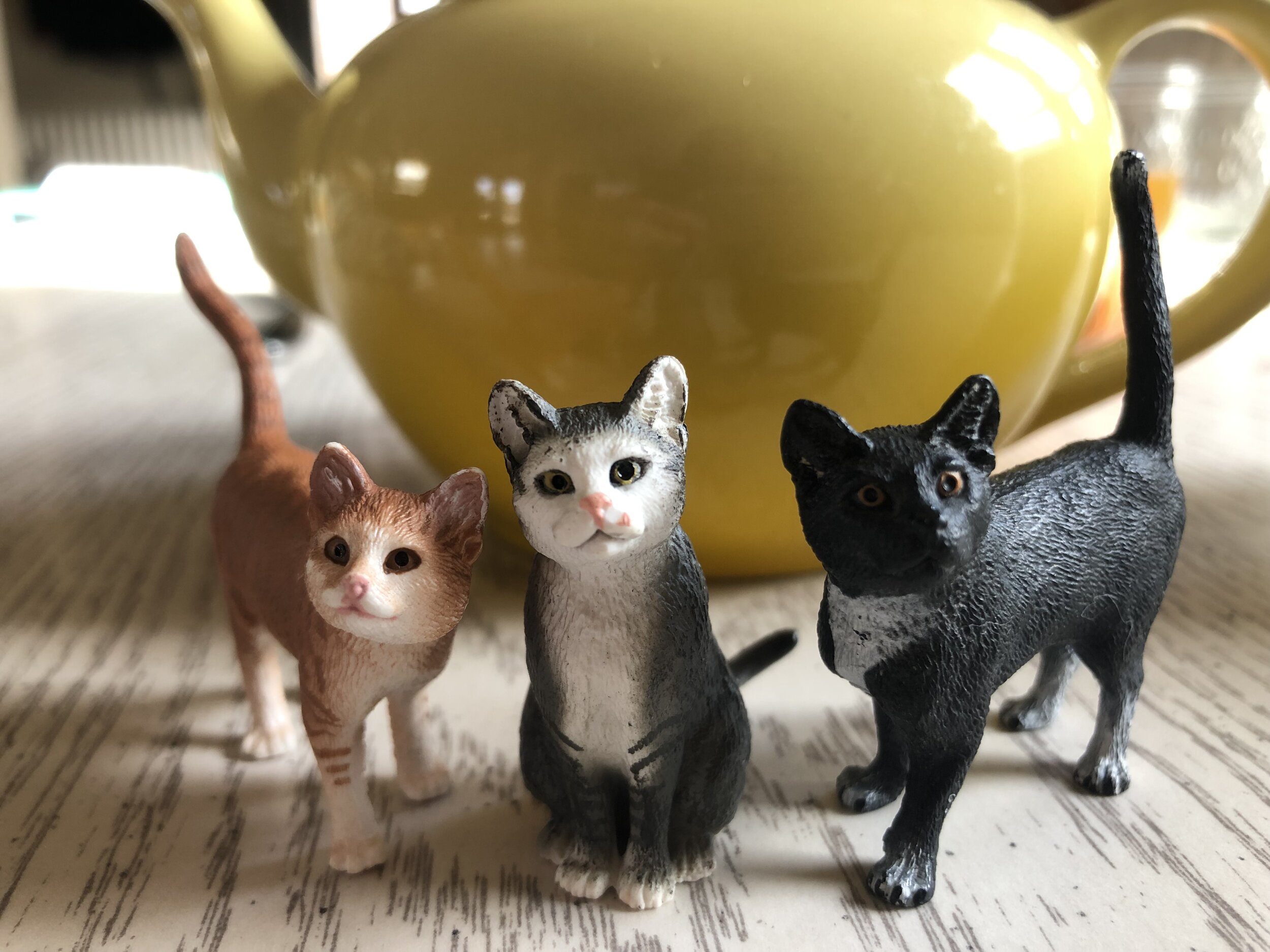KINDERGARTEN
Here we are! Oak and I had been excitedly waiting for the start of this school year and now that we are a couple months in, we are loving it! Because I thoroughly enjoy reading other people’s homeschool plans for the upcoming year, I thought I’d share ours with you in hopes of adding more inspiration, encouragement, and resources to the world of homeschool. Below you will find our plans for the year - meaning they are plans and they may change. The beauty of homeschool is the ability to adjust, move, and shift as needed. I, however, I work best with solid plans in place from which to ability to pivot can flow more easily.
I asked the Lord to give me a word for our school year and the word that came to me was DELIGHT. So, that will be our focus this year - delighting in learning and seeing where that takes us.
My homeschooling style is a mix between Charlotte Mason and unschooling with our focus being on living books, poetry/Bible memorization, and nature study. Our language arts and math work over the next two years will be very child-led as I do not think either of these need to be prioritized with children under age 7. We will do what brings delight and enjoyment to Oak, but I will not push him in either of these things as I want these next two years to be a time of learning to love the process of learning, not doing work that he may not be mentally or physically ready for. That being said, he is interested in both, so below you will find my plans for these things. (All books are linked to Amazon for ease of use, but I generally like to buy my books used through Thriftbooks or used/new at my local bookstore.)
NOTE: Many of you know we have moved to a new house, which is a dream! However, these pictures were all taken during our first week of school back at our rental duplex, which was a sweet little place to start our school year. I have plans to share our house story in the coming months. Stay tuned… :)
Bible & Memory Work:
Bible Reading - Since January, we have been working our way chronologically through Egermeier’s Bible Story Book. Whenever we reach a story that is covered in the Jesus Storybook Bible, we read from that one instead (because that Bible is absolutely lovely). We usually read 4-5 Bible stories each week at the breakfast table while we are all gathered for the start of the day.
Devotional Reading - We have two different books we be using this year as of now. My ABC Bible Verses, which we used last year as well, and God’s Names, which is new to us. I’m very excited to explore the latter together! We will aim to read a chapter from each book each week, also at the breakfast table.
Bible Memory Work - Oak has been memorizing Bible verses for the past year and it has been so wonderful to see him grow and thrive in this! We keep it simple by working on one until he’s mastered it and then I pick a new one for him. He paints the background of a half sheet of paper and then I write the verse out in a decorative way for him. While he is not yet reading, he remembers what each verse looks like and so I can show him the card and he knows which verse to recite. He is working his way through Psalm 91 right now, but the others he has memorized are Psalm 28:7, John 14:6, Luke 2:14, John 3:16, and Joshua 1:9. As we recite them together at the table, Alder has also learned several of them - or at least parts of them. How amazing to have the Word memorized at such a young age!
Poetry - We keep a running stack of poetry books that we bounce around in throughout the week. We keep this light and read what we enjoy. A few of our favorite volumes are Where the Sidewalk Ends, Mother Goose, Sing a Song of Seasons, Around the Year, The House of a Mouse, and Hard-boiled Bugs for Breakfast. Oak picks his favorites to memorize and he regularly recites them for us. Over the past year I’ve let him pick what to memorize and when. This year I may add a bit more structure to this, perhaps similar to how we do Bible memory work.
Morning Time:
History - While history is not a required subject in Kindergarten, I think it’s a great time to start to learn about the place you live - especially if you love to read chapter books that include bits and pieces of history, like we do. So, I decided to use the booklist from the Early American History curriculum by Beautiful Feet Books as a place to start. It is a beautiful collection of living books - picture books and chapter books included. We will work our way through the list throughout the school year, adding to it as we desire, pausing where we need/want to, and going off on any tangents that may interest us. We’ll see how far we get this year as we go at our own desired pace! I did not buy the teacher’s manual as we don’t need to go any deeper than just reading the books at this age. We’ll go deeper once we do American History again in a few years. I’m also adding books from Jodi Mockabee’s Native People’s study and the Peaceful Pioneers booklist from The Peaceful Press.
Nature Study - As part of our Wild & Free group, we are using the Exploring Nature with Children curriculum and will have a short lesson each week on the nature topic for the week. I’m using their booklist to add picture books to our morning time basket based on the weekly nature topics. We will also be working our way through The Burgess Animal Book for Children and exploring any tangents that may arise!
Book Club - Our Wild & Free group will have three book club books over the course of the school year: Five Little Peppers and How They Grew, 101 Dalmatians, and The Rise and Fall of Mount Majestic. We will work our way through each of these during our morning time and possibly at night as a family read aloud as well.
Handiwork - While I read, I give the boys something to work on. For Oak he has embroidery or whittling that he can do at any point, but I also rotate between puzzles, pattern blocks, modeling clay, or coloring.
Language Arts:
Phonics - There was MUCH deliberating over what curriculum I wanted to use to teach reading! There are many options out there, but what I decided was most important to me were these things: cost, simplicity, and ability to easily use for subsequent children without needing to buy a bunch of new materials. Thanks to a suggestion from Jodi Mockabee, I landed on Reading & Spelling Through Literature, which is a full phonics primer with an optional workbook for handwriting. I wasn’t planning to start phonics in kindergarten, but Oak is asking for it and he is showing signs of readiness, so we’ll move forward at his pace keeping it fun and focusing on delight. We’ll start by reviewing the alphabet and then moving into 2-letter phonograms (the linguistic in me really wants to call them phonemes. Ha.) What I love about this curriculum is that it teaching spelling at the same time and the spelling lists prepare them for the different primer readings. I think it will be a good fit for us! The only other supplies we will use for reading are a primary composition book for writing and reviewing his spelling lists, our wooden letters, a small chalkboard, and a small whiteboard. I love the simplicity of these materials.
Handwriting - After some debate I decided to start with cursive instead of printing! Yes, cursive! My main reason is that cursive is easier to learn as children are developing their fine motor skills. You can read all about this on this blog post from Logic of English. I opted to buy the optional workbook from Reading & Spelling Through Literature, but I chose for their older workbook that was fewer pages and is less expensive. I purchased the PDF version with the slanted fonts and printed the cursive part of the workbook through The Homeschool Printing Company (which is actually local to me in Minneapolis!). We started the school year by quickly learning the correct ways to print in manuscript as Oak already knew how to copy printing, but didn’t know the correct strokes to use. After a few weeks on that, we shifted to cursive and will stay focused there for the remainder of the year.
Math:
Games - We are using games to teach number recognition, counting, order, and math terms (less/more, greater than/less than, bigger/smaller, higher/lower, plus/minus, add/take away, etc.). So far our favorite number games are UNO, Skipbo, Speed, Sorry!, Dominoes, and War.
Written Numbers - We’ll work on this during our language arts/handwriting time. The goal is for him to be able to competently write his numbers by the time he is ready start a math workbook. Once again, we are in no rush here. The goal is to be ready by age 7, but if he’s ready sooner then we’ll dive in.
Manipulatives - At this age, I think it’s really valuable for math to be as tangible as possible. I’m planning to do this by using small pieces of things for counting, simple addition/subtraction, and number recognition. For example, during our first week of school we will be learning about seeds as a our nature topic. During that week, I plan to do some counting and number recognition practice by having him put the appropriate number of seeds next to the written number or similar activities to that.
Notebooking:
Notebooking is a way for us to pull together so much of what we are learning while at the same time documenting what we are learning. I am using Jodi Mockabee’s method of note booking and we are really excited about it! Twice a week Oak will pick a topic that we have learned about during our Morning Time and he will draw a simple picture of it on cardstock. Together we will then draft a simple sentence. I will write it on our marker board and then he will copy it on to his paper. He’ll finish it by using watercolor to paint the background. We’ll laminate these and keep them in a binder to document his school year. Through this process we will practice narration/recall, art, writing/sentence structure, and handwriting.
Weekly Rhythm
Monday: grocery shopping, lunch, cleaning house, rest time, free play
Tuesday: Language Arts work (15-30 min), Morning Time Reading (30-60 min), lunch, Notebooking (30-60 min), rest time, free play
Wednesday: Language Arts work (15-30 min), baking time/farm visit to pick up raw milk/playdate with friends, lunch, Math games/activities, rest time, free play
Thursday: Language Arts work (15-30 min), Morning Time Reading (30-60 min), lunch, Notebooking (30-60 min), rest time, free play
Friday: Nature School (Wild & Free Group), lunch, Math games, rest time, Nature Journal finishing time/free play
So far this school year has been such a delight! We have kept it simple and fun, which has made juggling a house move doable! There are times when Oak’s not that in to it, so I pull back a bit and other times when I find him coming up with school projects on his own. I’m so thankful that we made this decision to homeschool. It is so good for our family.























